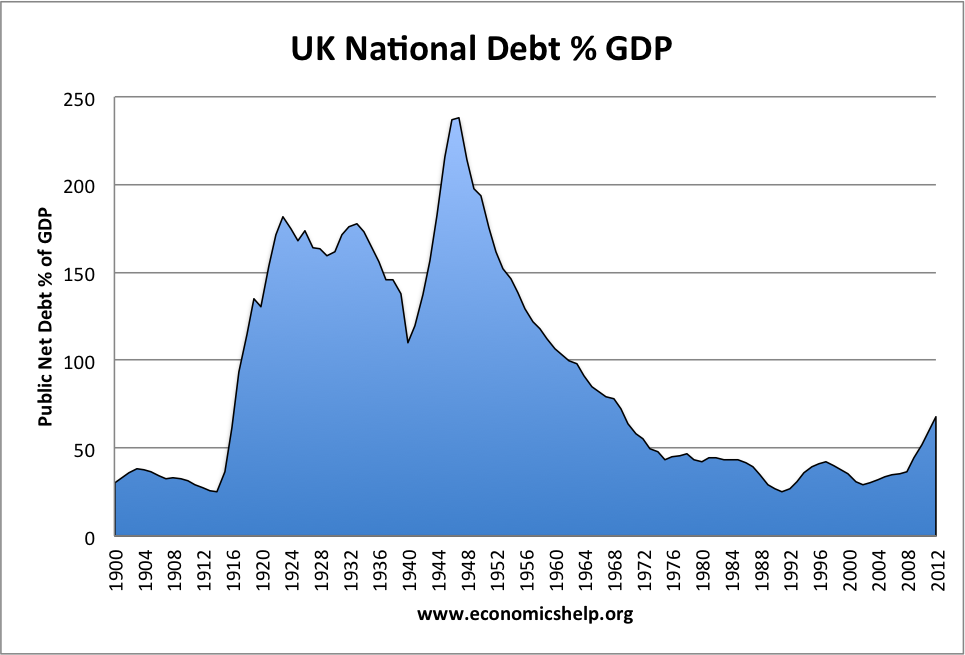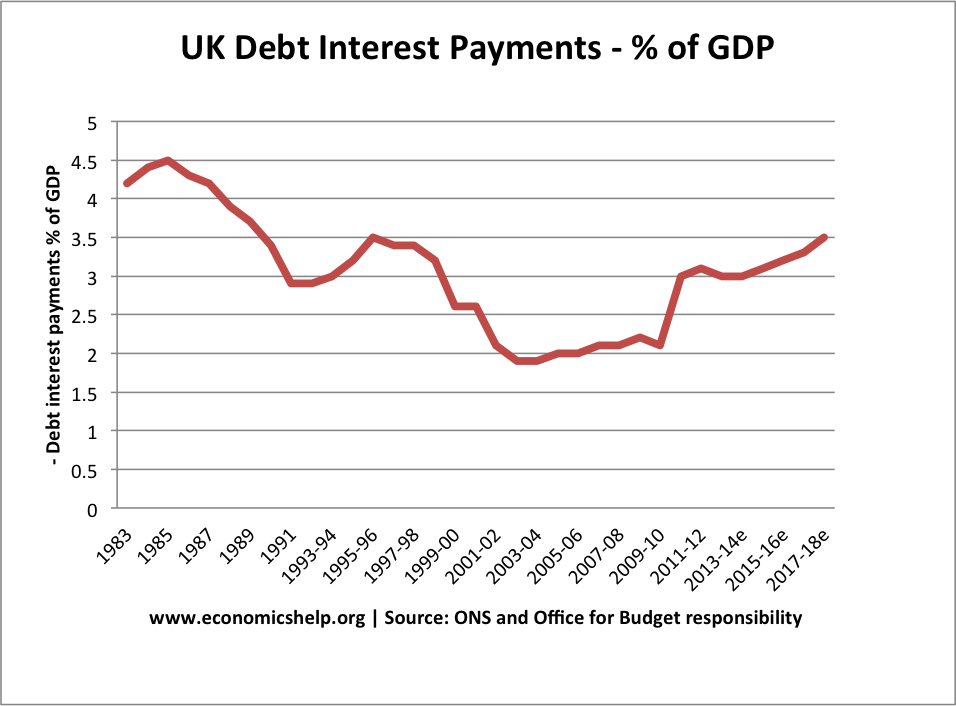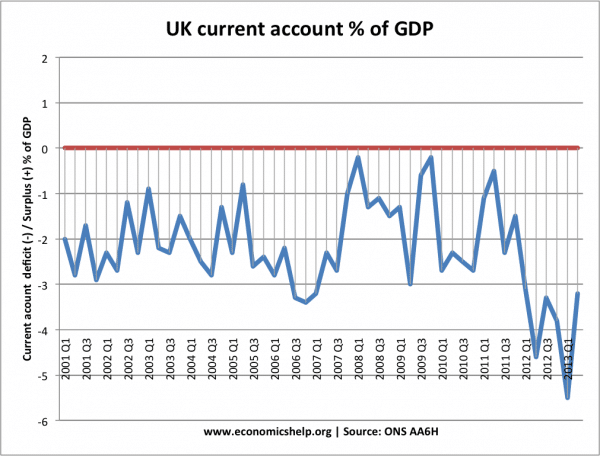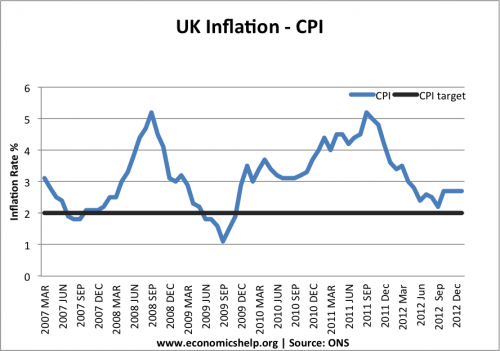Readers Question Why did bond yields in the USA rise at news of the Fed Tapering back in August?
The Federal Reserve has been engaged in a policy of quantitative easing. This involves:
- Creating money electronically
- Using this created money to buy assets, such as government bonds.
The aim of quantitative easing is to stimulate economic activity – increase economic growth and avoid inflationary pressure. QE aims to stimulate economic growth through increasing the money supply and reducing interest rates in the economy.
- When the Fed buys bonds, the greater demand pushes up the price of bonds.
- However, with an increase in the price of bonds, the bond yield falls.
- There is an explanation here why there is an inverse relationship between the price of bonds and the yield of bonds.
With the Federal Reserve buying bonds, other investors are also keener to buy bonds. The Fed is pushing up the price of bonds so whilst this is occurring other investors may be encouraged to also buy bonds and benefit from the rising prices.
Fed Tapering
Fed Tapering means that the Federal Reserve will begin to stop buying bonds, and no longer continue to create money and buy bonds. This tapering could also be seen as a preliminary to reversing quantitative easing and selling the bonds that have been accumulated.
A decision that the Fed would be beginning to end quantitative easing, will encourage investors to start selling bonds.
If the Fed stops buying bonds, the price is likely to stop rising; and if quantitative easing is reversed, bond prices could fall. This expectation of falling bond prices will encourage investors to sell. Markets are always trying to anticipate future movements. Therefore, even a weak signal that bond purchases may start to be tapered was seen as a signal that now would be a good time to sell bonds and move into something else.
As bond prices fell, the yield started to rise (the inverse relationship again)






